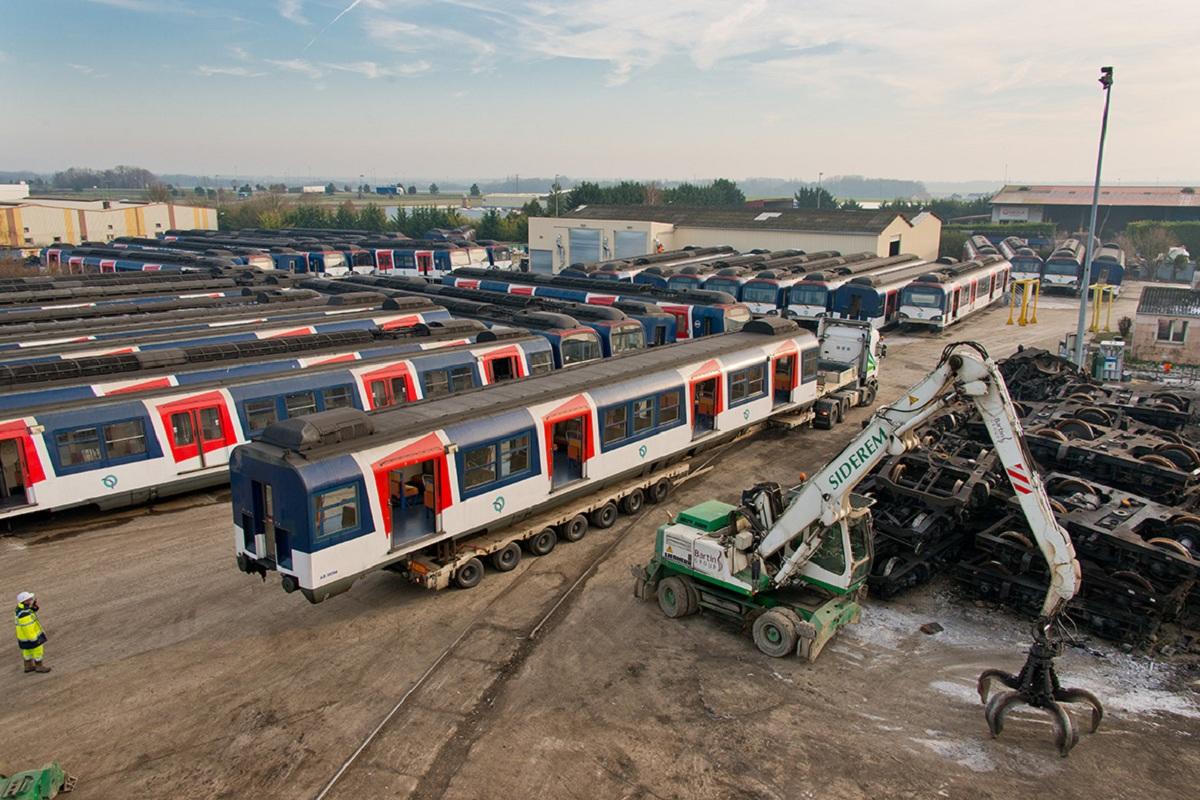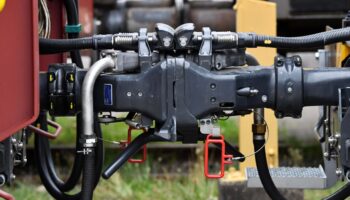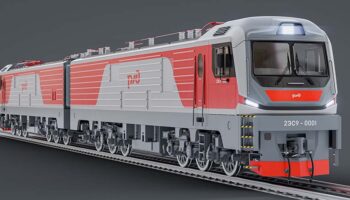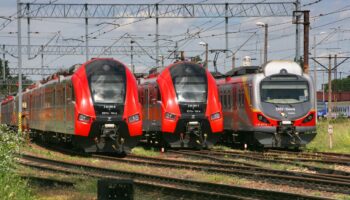EU: In 2021, the International Union of Railways (UIC) project to stimulate the recycling of railway equipment called REUSE was finalized. In turn, manufacturers are increasingly indicating the proportion of materials and components in the rolling stock that are recyclable and recoverable.
Regulatory environment
According to RailNovation CEO Jan Harder, the approval of REUSE was preceded by 2 years of project work. The largest railway companies and regulators in Europe took part in it, including Deutsche Bahn, SNCF, FS, SNCB, SBB, NetworkRail, Trafikverket and others. The main goal of the project is to form a toolkit for stimulating recycling and a circular approach to activities both to reduce the harmful impact on the environment and to counteract a possible shortage of raw materials and the associated increase in prices for it. REUSE covers both rolling stock and infrastructure.
Stimulation of the circular economy or the closed-loop economy is one of the regulatory trends designed to contribute to the implementation of the UN Sustainable Development Goals. As indicated in the report on the REUSE project, in 2018 the European Commission introduced monitoring of the circularity level for the economy of EU members. This level is assessed according to 10 indicators, among which the consideration of environmental indicators in procurement is also presented, both in natural and in value terms. «Having the base this can be required in the procurement processes and required from the railway industry», Jan Harder says.
The process of recycling a metro car by Veolia. Source: Veolia
The ISO 22628 standard, which is originally intended for the auto industry, acts as a navigator to help organize the recycling process. Based on it, in 2013 UNIFE approved a methodology for calculating the recyclability and recoverability of railway equipment. Jan Harder adds that the EU chemicals regulations REACH, the industry standard for product quality management IRIS and the EcoVadis assessment methodologies also contribute.
Process Nuances
“The strict legislation in EU is requiring rail industry companies to strictly adhere the waste management policies and regulations, and the impact is huge both for CO2 reduction and the raw materials supply”, states Harder. As engineers from Brazil and the UK Rafael Favoretto Silva and Sakdirat Kaevunruen wrote in a joint article on the recycling of rolling stock in 2017, recycling a 30 m tram leads to the formation of 30-40 t of waste, which is equivalent to recycling 36-42 autocars. In turn, for a passenger coach, this figure is already 50-60 t (48-57 autos), and for a three-car EMU, more than 160 t (126-156 autos).
According to their article, recycled materials obtained from rolling stock during recycling can be divided into the following main categories:
-
- metals,
- glass,
- liquids (greases, oils, etc.),
- polymers,
- natural and modified organic fibers (cotton fleece, wood, leather),
- elastomers and composite materials.
The structure of any rail vehicle is mostly made of metal (steel, aluminum), which is easy to process, while at the moment there is no economically viable technology for processing composite materials, for example, polymers reinforced with carbon fiber/glass fiber.
The rolling stock recycling process consists of three stages: pre-treatment, dismantling, milling. At the first stage, working fluids are drained from the train into separate containers so that they can later be sent to specialized enterprises for processing. Fire extinguishers, batteries, capacitors and brake sand are also removed.
At the second stage, components suitable for recycling are removed from the rolling stock (wheel sets, bogies, bogie frames, buffers, springs, couplings, doors, brake systems, etc.). After extraction, their technical condition is assessed, depending on which a decision is made on the need for repair/modernization. Then the remaining parts are dismantled: glazing, electronics, seats, floors, which are immediately sent for processing to specialized enterprises.
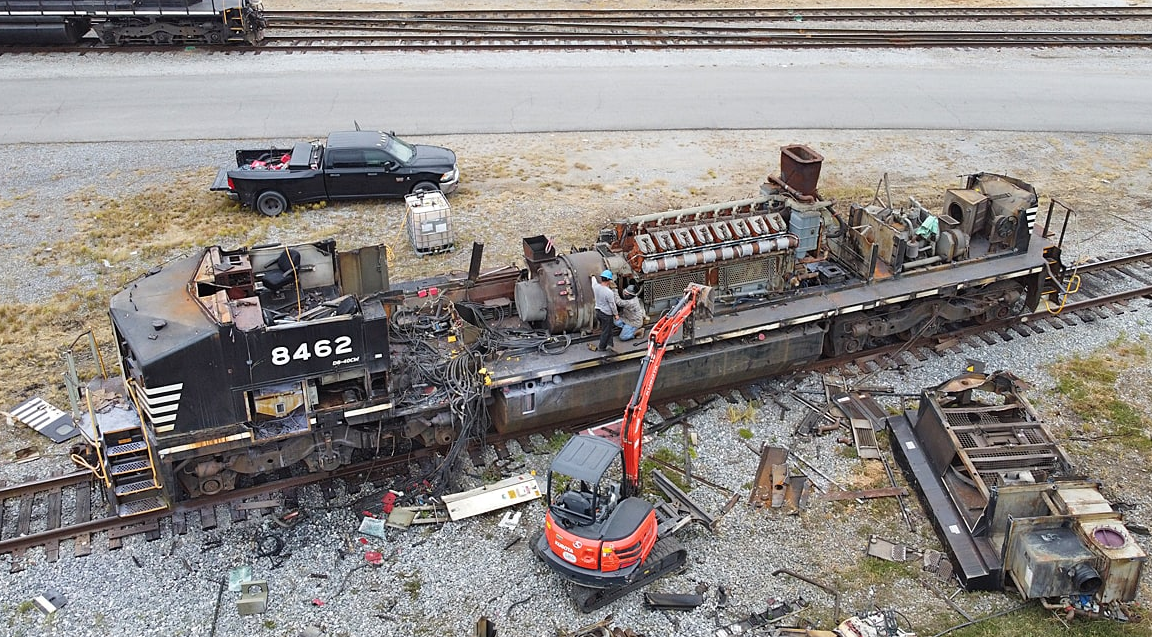 Utilization of the GE C40 diesel locomotive by Norfolk Southern in the USA. Source: Mike Ray, railpictures.net
Utilization of the GE C40 diesel locomotive by Norfolk Southern in the USA. Source: Mike Ray, railpictures.net
After extracting all the parts that can be recycled, the rest of the rail vehicle is sent to an industrial shredder. After milling, metals are sorted for further processing. However, about 67% of the milling remains are recyclable.
According to Artur Nurmukhamedov, founder of the Nakhodka company, which also specializes in rolling stock dismantling, about 75% of the mass of a long-distance passenger coach has to be processed. For example, axles, wheelsets, some casting elements are removed from the rolling stock and sold to various repair companies. However, economically viable recycling technologies do not yet exist for plastic trim elements. “At the same time, almost 95% of the total weight of a gondola car can be recycled”, says Nurmukhamedov.
Producers performance
Manufacturers themselves declare more positive indicators. Thus, the level of the rolling stock recyclability at Alstom has increased over 10 years from 87% to 97%. For example, this share of recyclability is implemented into Avelia Horizon high-speed trains design for SNCF. In turn, an even higher recycling level (98%) is declared for the new Metropolis metro trains for Paris and the X’Trapolis EMUs for Spain. It is worth noting that the company has included in the strategy for the development of new products the principle of eco-design, which provides for the reduction of the negative impact on the environment throughout the entire life cycle of the rolling stock, from design to recycling.
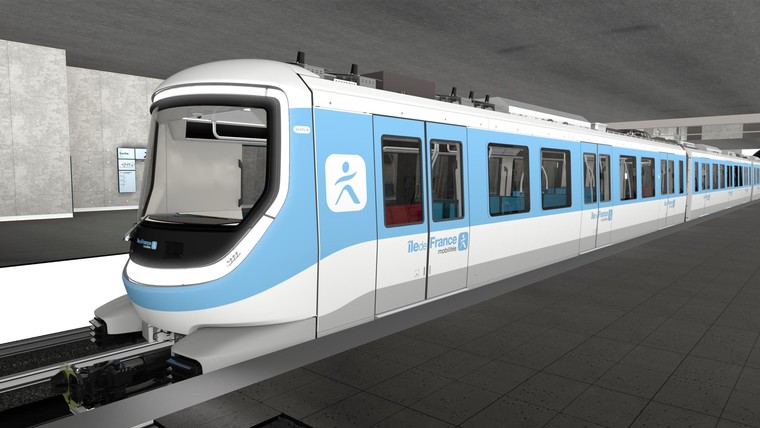 Designed by the Alstom Metropolis metro train with a claimed 98% recyclability. Source: Alstom
Designed by the Alstom Metropolis metro train with a claimed 98% recyclability. Source: Alstom
Last week, another large EU player, Siemens Mobility, in an announcement about a new contract for the supply of C2 metro trains for Munich, has indicated that the new rolling stock will be 97% recyclable.
Another world’s major manufacturer, CRRC, claims in its 2021 sustainability report that its rolling stock recyclability level is up to 94%, and the volume of raw materials sold by to the secondary market exceeded 1 bln RMB ($152.6 mln). For example, the Nanhu low-floor tram introduced in 2021 by CRRC is said to be 90% recyclable.
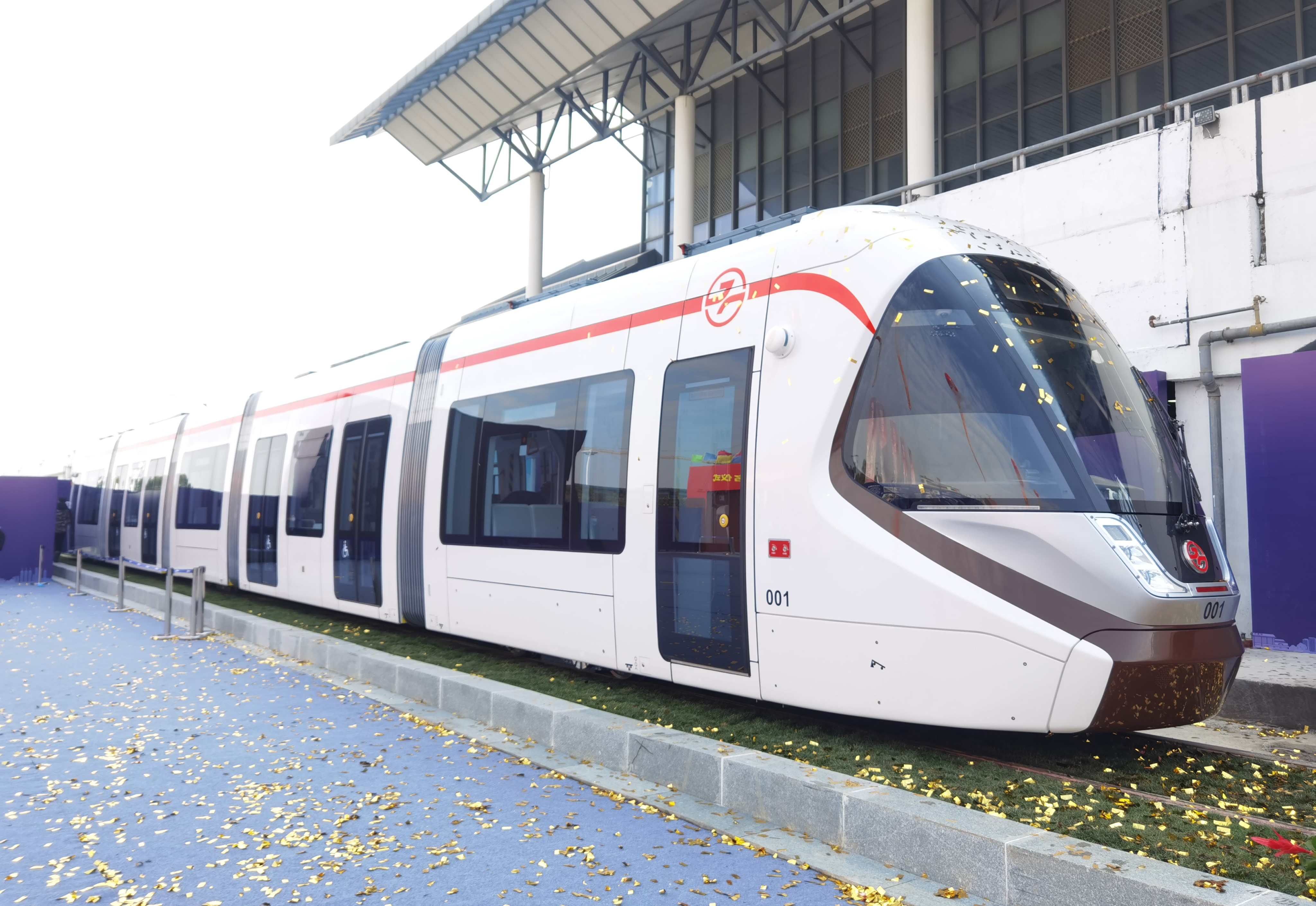 A new CRRC tram made from 90% recyclable materials. Source: CRRC
A new CRRC tram made from 90% recyclable materials. Source: CRRC
As the Spanish newspaper El Pais recently wrote in its review, Stadler includes the possibility of recycling its vehicles at the level of 97%. A slightly lower figure is stated by CAF – 90.8-93.6%. The company also uses 30% to 40% recycled components in the production of new trains.
Russian manufacturers do not yet speak in such detail about this indicator. Thus, Transmashholding (TMH) in the issuer’s report indicates that its rolling stock can be recycled up to 98%, which is facilitated by special markings indicating the type of plastic materials and other raw materials. “This is already included in the designing process of rolling stock”, the manufacturer notes in the report. In turn, Sinara – Transport Machines informed ROLLINGSTOCK Agency that they provide the possibility of recycling their locomotives, EMUs and track machines also at the level of 98%. “All equipment produced within the holding’s perimeter has appropriate markings and can be disposed of in accordance with environmental standards and regulations”, STM notes.
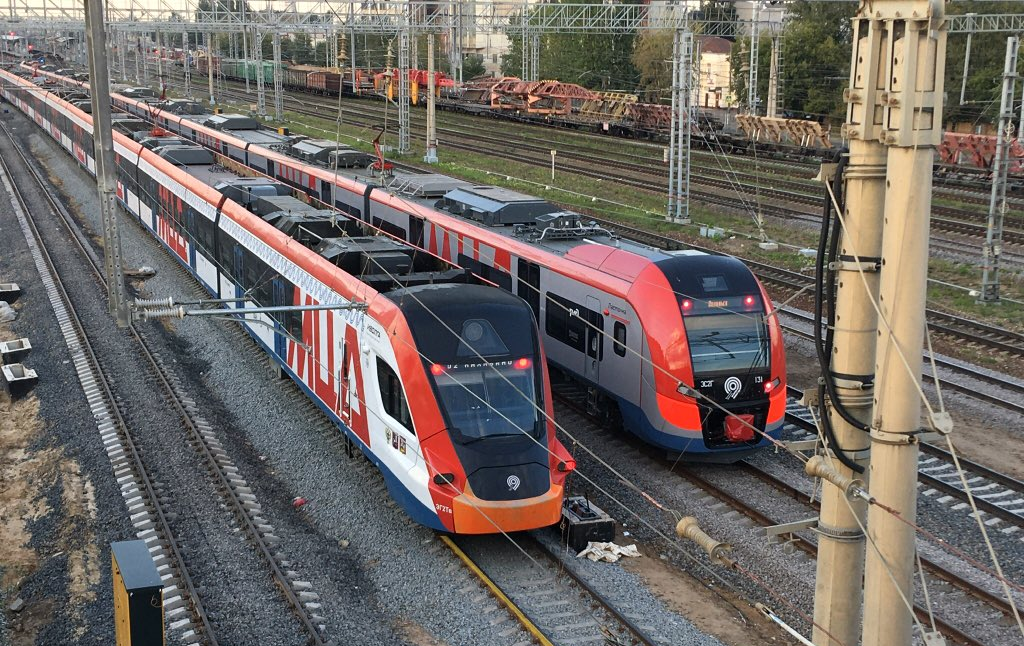 Russian manufacturers claim that modern rolling stock is 98% recyclable. Source: Konstantin Konovalov, twitter.com
Russian manufacturers claim that modern rolling stock is 98% recyclable. Source: Konstantin Konovalov, twitter.com
According to Artur Nurmukhamedov, there are no standardized requirements for the level of recycled or remanufactured parts and materials in rolling stock in Russia so far. In 2014, the GOST 31968-2013 standard came into force on the method for calculating the recycling and disposal of autocars: it corresponds to the previously mentioned ISO 22628. At the same time, Nurmukhamedov notes that increasing and simplifying the recycling of rolling stock will make its life cycle more profitable. “The active implementation of the ESG agenda both by engineering enterprises and fleet operators allows us to hope that domestic standards for the recyclable components and materials in freight and passenger cars will still appear in the foreseeable future”, he sums up.



